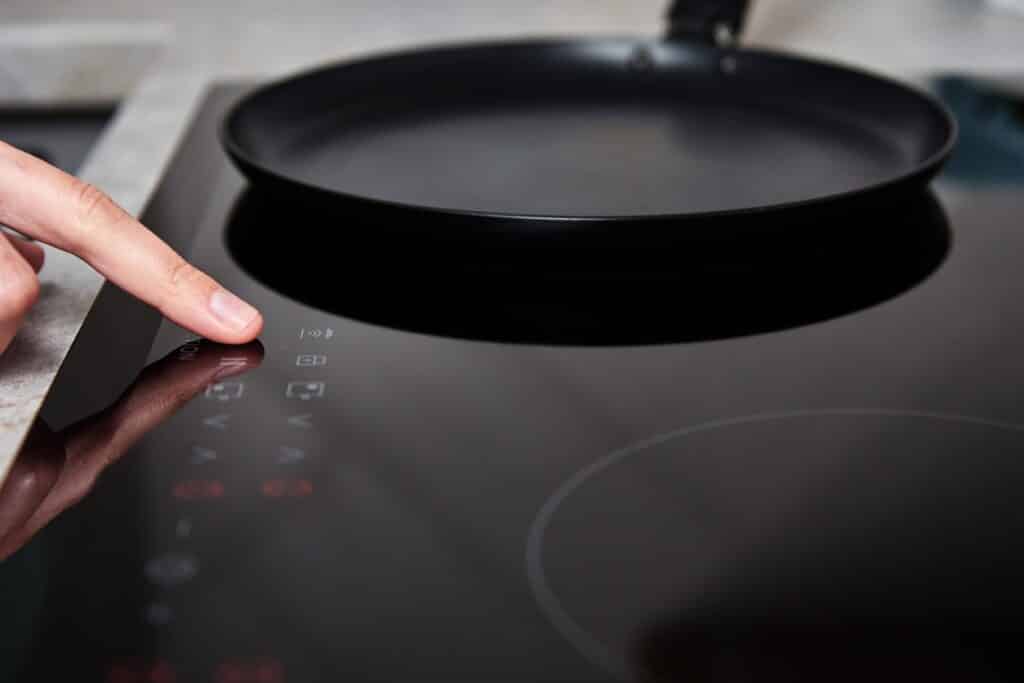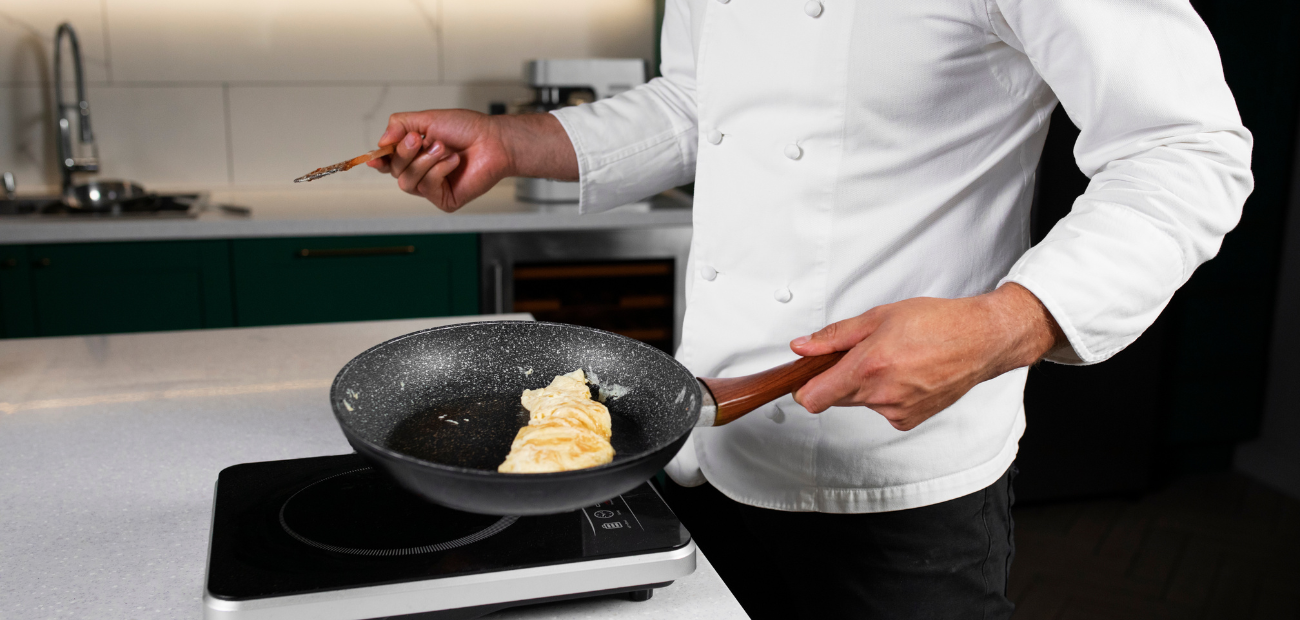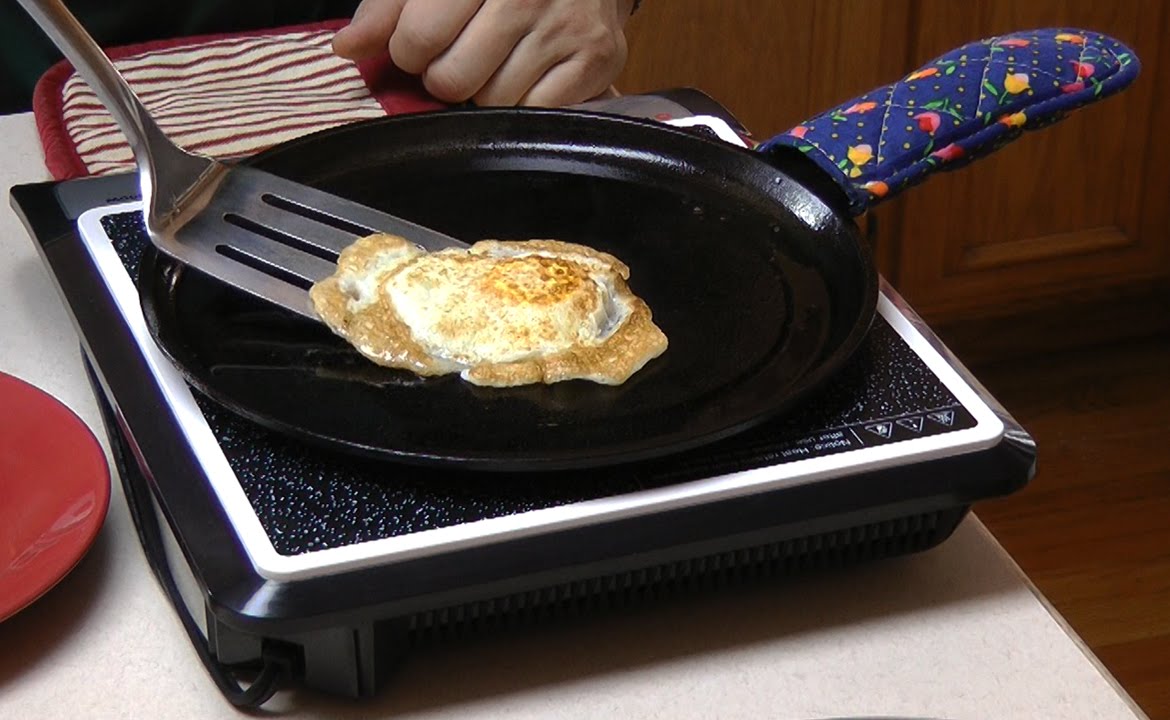For kitchen professionals, the art of crafting the perfect pizza is a testament to skill, precision, and the right tools. Enter the world of making pizza on cast iron with induction. This method combines the robust heat retention of cast iron with the precise temperature control of induction cooktops, offering a unique experience in pizza creation. Within the initial paragraphs of this guide, we'll delve into the essentials of this cooking method, ensuring you have the knowledge to elevate your pizza-making game.

Why Choose Cast Iron for Pizza?
Cast iron is renowned for its unparalleled heat retention and distribution. When making pizza on a cast iron skillet or griddle, you achieve a crispy crust that's hard to replicate with other materials. The heavy-duty nature of cast iron allows it to maintain high temperatures, essential for achieving that perfect balance between a crispy base and a chewy interior.
The Magic of Induction Cooking
Induction cooktops offer precision like no other. By utilizing electromagnetic fields to heat the cookware directly, induction ensures consistent and even cooking. This is particularly beneficial when making pizza, as it allows for precise temperature control, ensuring your pizza cooks evenly.
For those concerned about the compatibility of cast iron and induction, rest assured. Many cast iron skillets are induction-friendly, as detailed in this guide on cast iron pans, ensuring a seamless cooking experience.
Steps to Making the Perfect Pizza
1. Preheating the Cast Iron
Begin by preheating your cast iron skillet on the induction cooktop. This process is crucial for achieving that coveted crispy crust. For a detailed understanding of preheating times, you can refer to this preheating guide.
2. Preparing the Dough
The foundation of any great pizza is its dough. Ensure your dough is well-rested and rolled to the desired thickness. A thinner dough will yield a crispier base, while a thicker one will offer a chewier bite.
3. Assembling the Pizza
Once the cast iron is adequately heated, carefully place the dough onto the skillet. Add your preferred toppings, ensuring a balance between sauce, cheese, and any additional ingredients. Remember, less is often more when it comes to toppings, as overcrowding can lead to uneven cooking.
4. Cooking the Pizza
Place the skillet back on the induction cooktop and cover it with a lid or an oven-safe dish. This creates an oven-like environment, trapping heat and allowing the toppings to cook thoroughly.
Advanced Tips for Professionals
For kitchen professionals looking to refine their technique, consider experimenting with different dough recipes or using a pizza stone alongside the cast iron. Additionally, understanding the nuances of your induction cooktop, as discussed in this induction cooktop guide, can significantly impact your cooking results.
Moreover, ensuring your cast iron is well-seasoned can enhance the non-stick properties, making it easier to handle the pizza once cooked.
Is Cast Iron Safe for Induction?
A common concern among chefs is the safety of using cast iron on induction cooktops. Fortunately, most modern cast iron cookware is designed to be induction-compatible. For more detailed information on this topic, check out this comprehensive article.

FAQ
Can I use any cast iron skillet on an induction cooktop?
Generally, yes. Most cast iron skillets are compatible with induction cooktops. However, it's always best to check the manufacturer's specifications.
How do I clean my cast iron after making pizza?
Allow the skillet to cool before cleaning. Use a soft brush or sponge and avoid harsh detergents to maintain the seasoning.
What temperature should I set my induction cooktop to?
A medium-high setting typically works well for pizza. Adjust based on your specific cooktop and desired crust crispiness.
By mastering the art of making pizza on cast iron with induction, kitchen professionals can offer a unique and delicious experience that stands out. With the right tools and techniques, the perfect pizza is within reach. For further insights on using cast iron over various heat sources, visit this detailed guide.






Leave a comment
This site is protected by hCaptcha and the hCaptcha Privacy Policy and Terms of Service apply.